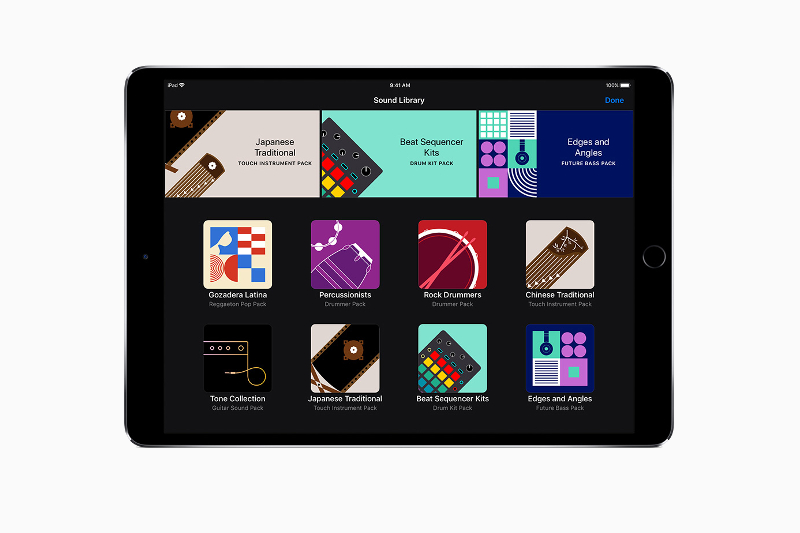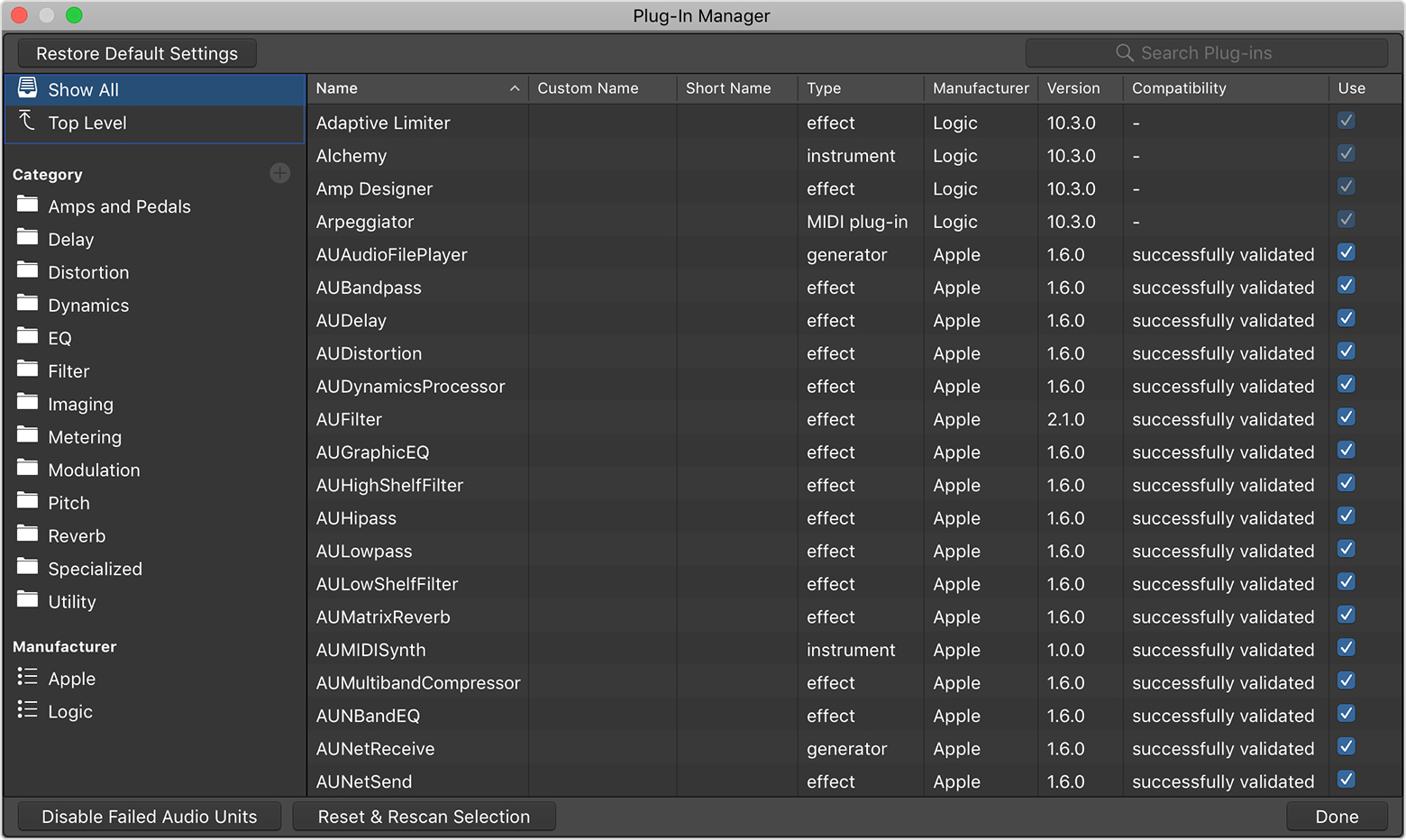

In Morph Filter, the shaping line defines a formant filter response, and a host-sync'able LFO can be used to morph between two different shapes. Using the 'learn' feature allows you to derive a shaping line from one mix and impose it on another this is not a substitute for a dedicated EQ ripping tool like TC's Assimilator, but is great for making a bunch of random loops sound like they're part of the same song. You can emphasise transients to make drums stick out of a mix, or use Spectral Gate's ducker mode to eliminate them almost completely. They are perhaps most useful on loops and other complex sources, where they can do anything from toning down a nasty resonance to changing the balance of the instruments in a mix. Both it and Spectral Gate, however, will probably appeal more to those who are interested in creative audio mangling. Spectral Compander can be used fairly effectively to reduce broadband noise, with an Invert button allowing you to audition only what's being removed.

The results are often fairly similar, though Spectral Gate tends to be more extreme. Again, the shaping line can be used to set a frequency-dependent threshold, and again, you can analyse incoming audio to help generate a shaping line automatically. Spectral Compander works on the same principle, except that instead of being gated, each frequency band is put through its own compressor or expander. A Learn button 'freezes' the spectral shape of the current input sound and uses it to create a shaping line, while with Peaktrack activated, the shaping line continuously follows the input sound. The shaping line you draw sets the threshold at which the gate kicks in for any given frequency, in conjunction with a global Threshold control and Tilt, which provides a 'quick fix' for balancing low and high-frequency content. In Spectral Gate, the input signal is divided into 513 frequency bands, each of which is gated or ducked independently. This shaping line has a different function in each of the plug-ins. The basis of the interface is the same in each of the first three: a spectrum display shows an analysis of the incoming audio, with frequency along the X axis and amplitude along the Y, and the mouse is used to draw a 'shaping line' by clicking and dragging. All of them are fairly high-powered, and require at least a 500MHz processor to run.

Morph Filter, Spectral Gate, Spectral Compand and Binaural are available by download from the Soundhack web site, and authorised using a simple serial number system. The first fruits of this are the four plug-ins in the Spectral Shapers suite. Recognising that many people now find it more convenient to work with real-time plug-ins in a sequencing environment, Erbe is now in the process of adapting Soundhack's tools for the VST and Audio Units plug-in formats. Quote Tom Erbe's Soundhack program has been an essential part of the Mac sound designer's armoury for the last 12 years, and is described by its creator as "a collection of spectral filters which emphasise the creative manipulation of sound".


 0 kommentar(er)
0 kommentar(er)
